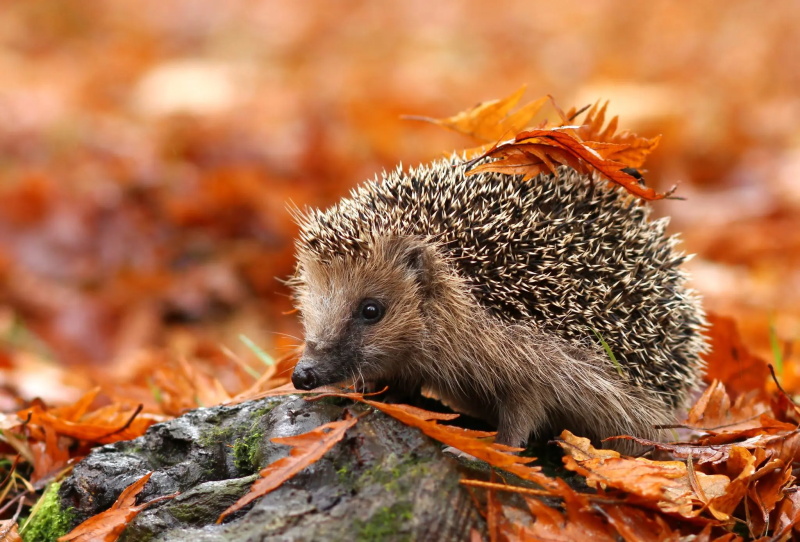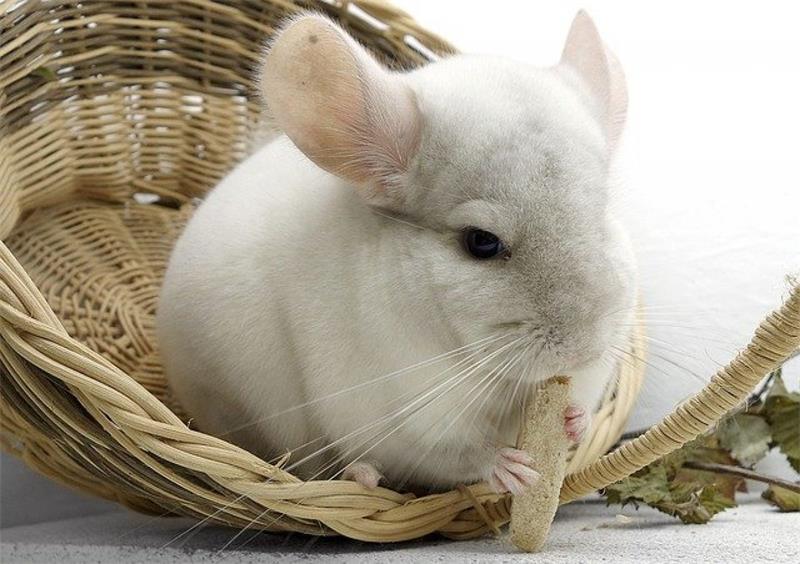An introduction to the history, characteristics and natural habitat of these rodents.
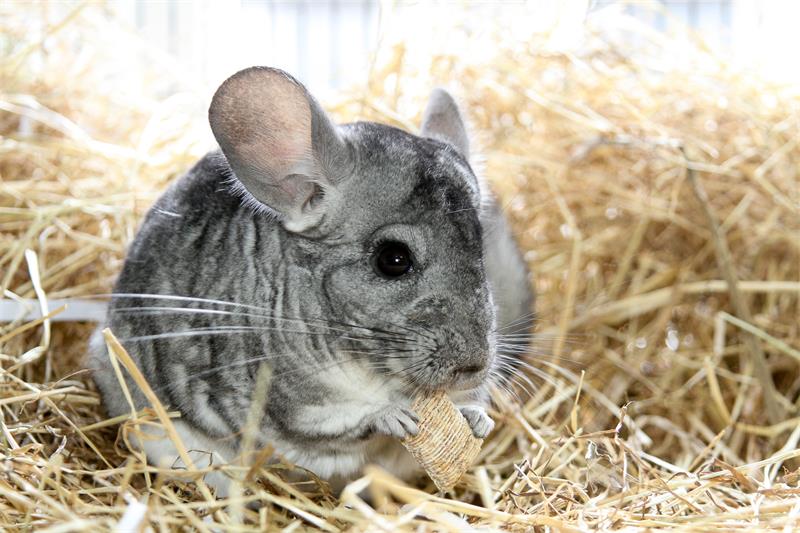
Table of Contents
Chinchillas are small, furry rodents that belong to the family Chinchillidae, along with their relatives, the viscachas. They are native to the Andes mountains in South America, where they live in high-altitude environments that are cool, dry and rocky. Chinchillas are popular as pets and as sources of fur for the fashion industry, but they are also endangered in the wild due to overhunting and habitat loss. In this article, we will explore the history, characteristics and natural habitat of these fascinating animals.
History of chinchillas
Chinchillas have a long and interesting history that dates back to millions of years ago. Fossil evidence suggests that chinchillas evolved from an ancient group of rodents called the caviomorphs, which originated in South America during the Eocene epoch, about 40 million years ago. The caviomorphs diversified into many different families and genera, including the chinchillids, which gave rise to the modern chinchillas and viscachas.
The name “chinchilla” comes from the Chincha people, who lived in the coastal regions of Peru and Chile during the pre-Columbian era. The Chincha people revered chinchillas as sacred animals and used their soft and dense fur to make clothing and hats. The Spanish conquistadors who arrived in South America in the 16th century also admired the chinchilla fur and began to trade it with Europe. The demand for chinchilla fur increased over time, especially in the 19th and 20th centuries, when it became a symbol of luxury and elegance.
The high demand for chinchilla fur led to the widespread hunting and trapping of these animals in their natural habitat. Chinchillas were hunted almost to extinction by the early 20th century, and their populations declined drastically in all their range countries. By 1914, one scientist estimated that there were only about 100 chinchillas left in the wild. In 1923, Chile banned the export of chinchilla fur, followed by Peru in 1925 and Bolivia in 1930. However, illegal hunting and smuggling continued to threaten the survival of these animals.
In 1927, an American engineer named Mathias F. Chapman obtained permission from the Chilean government to capture 11 chinchillas (six females and five males) from the Andes mountains and bring them to California. He also bought two more chinchillas from a local farmer. These 13 animals became the founders of all the domesticated chinchillas that are kept as pets or raised for fur today. Chapman established a breeding program and sold chinchillas to other breeders and pet owners around the world. He also founded the National Chinchilla Breeders of America (NCBA) in 1938 to promote the conservation and welfare of these animals.
Today, there are two recognized species of chinchillas: the long-tailed chinchilla (Chinchilla lanigera) and the short-tailed chinchilla (Chinchilla chinchilla). The long-tailed chinchilla has a longer tail, longer ears and a thinner body than the short-tailed chinchilla, which has a shorter tail, shorter ears and a thicker neck and shoulders. Both species are endangered in the wild, according to the International Union for Conservation of Nature (IUCN). The short-tailed chinchilla is classified as critically endangered, with only a few hundred individuals remaining in a small area of northern Chile. The long-tailed chinchilla is classified as endangered, with an estimated population of less than 10,000 individuals scattered across central Chile. Both species face threats from habitat loss due to mining, agriculture and urbanization; predation by natural or introduced predators; competition with livestock; disease; climate change; and illegal hunting or poaching.
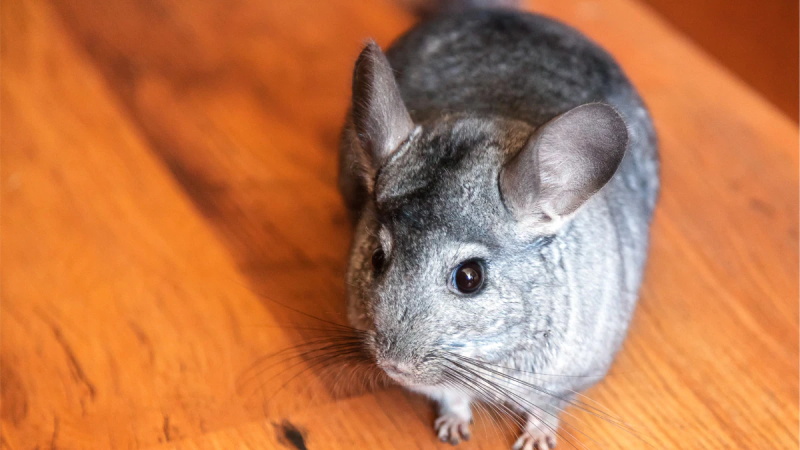
Characteristics of chinchillas
Chinchillas are known for their adorable appearance and their amazing fur. They have compact bodies that measure about 23-38 cm (9-15 inches) in length, plus a bushy tail that adds another 8-15 cm (3-6 inches). They weigh about 0.5-0.8 kg (1-1.8 pounds), with males being slightly larger than females. They have large eyes, long ears and four toes on each foot, with claws surrounded by stiff bristles. They have a dental formula of 1/1, 0/0, 1/1, 3/3, which means they have one pair of incisors, one pair of premolars and three pairs of molars on each jaw. Their teeth grow continuously throughout their lives and need to be worn down by chewing on hard materials.
The most remarkable feature of chinchillas is their fur, which is considered to be the softest and densest of all mammals. Their fur consists of about 60 hairs per follicle, compared to one or two hairs per follicle in most other mammals. This gives them a total of about 20,000 hairs per square centimeter (129,000 hairs per square inch), which is more than 50 times the density of human hair. Their fur provides them with excellent insulation against the cold and heat, as well as protection from parasites and infections. However, it also makes them susceptible to overheating and fungal diseases if they are exposed to high humidity or wetness.
Chinchillas come in a variety of colors and patterns, depending on their genetic makeup and environmental factors. The natural color of wild chinchillas is agouti, which means they have grayish-brown fur with black tips and yellowish-white underparts. However, domesticated chinchillas have been selectively bred to produce different colors and patterns, such as beige, black, white, violet, sapphire, charcoal, mosaic and ebony. Some chinchillas may also have markings such as spots, stripes or patches on their fur.
Chinchillas are social and intelligent animals that can form strong bonds with their owners and other chinchillas. They live in groups called herds in the wild, which can range from 14 to 100 individuals. They communicate with each other using a variety of sounds and body language. They can make noises such as barks, squeaks, chirps, grunts and growls to express their emotions or intentions. They can also use their ears, eyes, whiskers and tail to convey their mood or attitude. For example, they may flatten their ears against their head when they are angry or scared; they may flick their tail when they are annoyed or playful; they may twitch their whiskers when they are curious or excited.
Chinchillas are crepuscular animals, which means they are most active during dawn and dusk. They sleep during the day in burrows or crevices among rocks, where they are safe from predators and harsh weather conditions. They emerge during the evening and night to forage for food and socialize with other chinchillas. They are agile jumpers and climbers that can leap up to 1.8 m (6 feet) in the air or run up to 24 km/h (15 mph) on the ground. They have excellent hearing and vision that help them navigate their environment and avoid danger.
Chinchillas are herbivorous animals that feed on a variety of plant materials in the wild. They eat mostly grasses, seeds, fruits and leaves that they find on the ground or on shrubs. They have a complex digestive system that allows them to digest high-fiber foods efficiently. They also practice coprophagy, which means they eat their own feces to obtain more nutrients from their food. In captivity, chinchillas need a balanced diet that consists of high-quality pellets specially formulated for them; fresh hay that provides them with fiber; fresh water that is always available; and occasional treats such as dried fruits or vegetables.
Chinchillas are monogamous animals that mate for life in the wild. They have a long gestation period of about 111 days (the longest among rodents), which results in one or two litters per year. Each litter usually contains two or three kits (babies), although litter sizes from one to six have been recorded. The kits are born fully furred and with open eyes; they can walk within an hour after birth and start eating solid food within a week. The kits stay with their mother for about two months before becoming independent; they reach sexual maturity at about eight months for females and nine months for males.
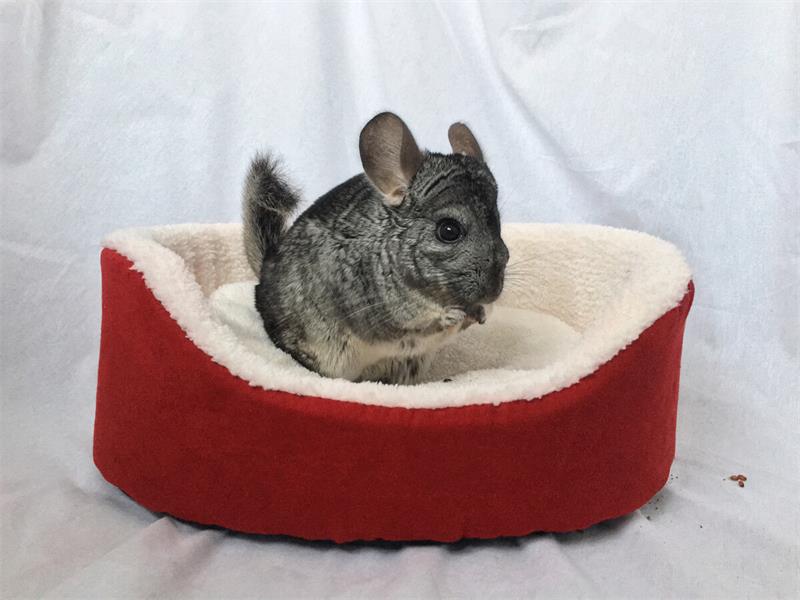
Habitat of chinchillas
Chinchillas inhabit the Andes mountains in South America, where they live in high-altitude environments that are cool, dry and rocky. They prefer areas with volcanic ash, rocks and shrubs that provide them with shelter and food. They can be found in elevations ranging from 800 m (2,600 feet) near the coast to 6,000 m (19,700 feet) inland. They can tolerate temperatures from -20°C (-4°F) to 25°C (77°F), but they are sensitive to humidity and moisture.
Chinchillas have a limited distribution in the wild due to their habitat loss and fragmentation. They used to live in Chile, Peru, Bolivia and Argentina, but now they are only found in Chile. The short-tailed chinchilla is restricted to a small area of northern Chile, in the Antofagasta region. The long-tailed chinchilla is more widespread, but still rare, in central Chile, from the Coquimbo region to the Maule region. Both species are threatened by mining, agriculture and urbanization that destroy or degrade their habitat; by natural or introduced predators that prey on them; by competition with livestock that graze on their food sources; by a disease that can spread among them; by climate change that can alter their habitat conditions; and by illegal hunting or poaching that target them for their fur or for the pet trade.
Chinchillas need protection and conservation measures to ensure their survival in the wild. Some of the actions that have been taken or proposed to help them include: creating and enforcing laws and regulations that ban or regulate their hunting, trapping and trade; establishing and managing protected areas and reserves that preserve their habitat and prevent human interference; monitoring and researching their population status and trends; educating and raising awareness among local communities and authorities about their importance and value; promoting and supporting sustainable and responsible practices among miners, farmers and developers that minimize their impact on chinchilla habitat; controlling and eradicating invasive predators that pose a threat to chinchilla populations; restoring and enhancing chinchilla habitat by planting native vegetation and creating artificial shelters; reintroducing captive-bred chinchillas into suitable areas of their former range; and encouraging and facilitating the involvement of local people and stakeholders in chinchilla conservation efforts.
Conclusion
Chinchillas are small, furry rodents that are native to the Andes mountains in South America. They have a long and interesting history that dates back to millions of years ago. They are known for their adorable appearance and their amazing fur, which is the softest and densest of all mammals. They are social and intelligent animals that can form strong bonds with their owners and other chinchillas. They live in high-altitude environments that are cool, dry and rocky. They are endangered in the wild due to overhunting and habitat loss. They need protection and conservation measures to ensure their survival in the wild.
Chinchillas are fascinating animals that deserve our respect and care. They can make wonderful pets for the right person, but they also require special attention and needs. If you are interested in owning a chinchilla as a pet, you should do your research and prepare yourself before bringing one home. You should also consider adopting a chinchilla from a reputable rescue or shelter rather than buying one from a pet store or breeder. You should also support chinchilla conservation efforts by donating or volunteering for organizations that work to protect these animals in the wild.
Chinchillas are more than just cute fur balls; they are living beings with unique personalities and histories. They have a lot to teach us about themselves, their environment and ourselves. By learning more about them, we can appreciate them more and help them more.





